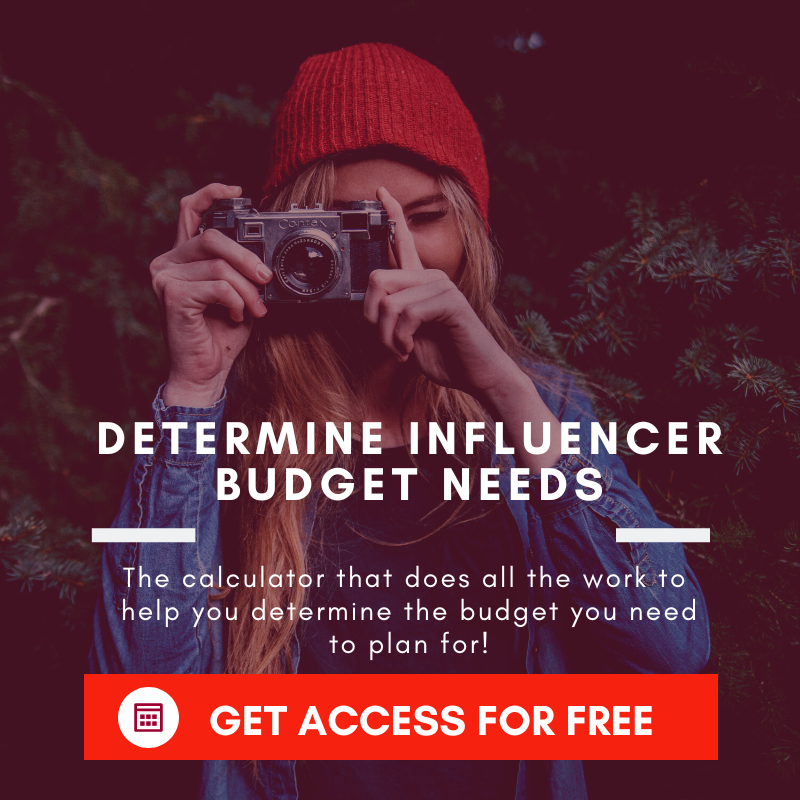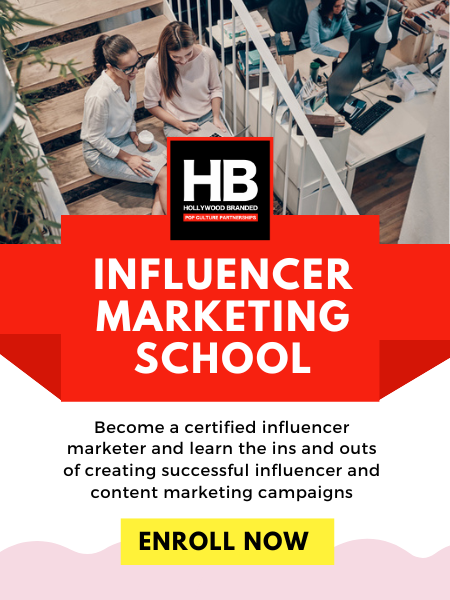How Interactions With A Brand Can Turn Into Powerful Campaigns
Table Of Contents
Marketing Strategy & Case Studies
As technology changes and grows, so does the wide world of marketing. Marketers are constantly forced to adapt to the ever-changing atmosphere of the tech industry, and with it, comes amazing innovations in the way in which we market to consumers.
Interaction, technology, social media, and integration are pivotal in building the brand/buyer relationship. Now, more than ever, consumer interaction with technology and social media are leading to unique ad campaigns. In this blog, Hollywood Branded shares insights on marketing strategy moving forward into 2020 and beyond.
.png?width=623&name=How%20Consumers%20Interaction%20With%20a%20Brand%20Can%20Turn%20Into%20Meaningful%20Campaigns%20%20(1).png)
It's A Given: Interact With Your Audience
At all levels, interaction is key whether that be on the sales floor or from the corporate office. Engaging with consumers, or with your following, allows you to better gauge their needs, refine your product/service, tailor specific experiences, increase brand awareness and retention, and solidify customer loyalty.
We’ve entered the realm of instant gratification and the real-time feedback loop between buyer and seller. What used to be a key technology, one that holds significant advantage but not everyone utilizes, has now become a base technology.
In short, markets have evened the playing field by requiring digital interaction in companies’ marketing schema because now the majority of companies can attain the resources, infrastructure, and workforce to compete in the same arena. Before this, conglomerates held a monopoly over their competitors because of access and influence over newspapers, press, and other marketing channels. However, in the most recent decade, everything has changed.
With the rise of social media, the solo entrepreneur can sell to millions over his/her mobile device. Bloggers, influencers, and internet personalities can amass gigantic followings, sometimes in a matter of months, and they can reach tens of millions in a single video from home. Public relations went from agents to entire departments because now complaints, feedback, and inquiries from customers are broadcasted to the entire world in real-time via all social media platforms. The digital sector and marketing are becoming more and more infused in one another, but the linchpin here is the interactive aspect. How will this affect marketing in 2020?
It’s become a prerequisite now to maintain open communication between your company and its audience, so the one to do it most creatively will steal market share from those who refrain from deviating from the norm.

Case Studies: Morton's Steak House, Heineken USA, Tinder, And Netflix
A high net-worth individual, with a significant Twitter following, jokingly tweeted that he wished for a Morton’s porterhouse steak upon his arrival after bad news of a delayed flight. Morton’s Steakhouse intercepted the tweet and immediately sent an employee, in full tuxedo work attire, to deliver a full entrée meal plus appetizers. What did it cost the company? Morton’s probably spent, generously speaking, approximately $150 including delivery, utensils, raw materials, wages, food preparation, etc. However, its reach exponentially grew because the individual tweeted what an amazing experience he had to his massive following (100K+) on Twitter. The company gained a lifelong customer, who would probably recommend to everyone around him to eat at one of his favorite establishments for generations to come. Consequently, Morton’s covers its expenses by simply converting two of the 100K+ people reached into customers. The odds are in the company’s favor and it has all been done by effective, interactive, digital marketing.

Other companies are finding creative ways to enable engagement between company and user. Tinder introduced “Swipe Night” in which, every Sunday, the user journeys his/her way through an apocalyptic adventure in the first-person point of view, resulting in matches with those who chose among the same path you took in the story. In season one, millions of users tuned in while matches and conversations increased by 26% and 12%, respectively.

Heineken launched an interactive video as part of its 2016 campaign to showcase its vibrant company culture. The five-minute video included 12 questions in which the narrator walks through an “interview” and allows the viewer to qualify whether he/she may or may not be a good fit for Heineken. The engagement statistics were astounding. Heineken received an influx of 300% applicants and 67% of users answered all the questions, spending an average of 5.3 minutes watching the video.
Netflix’s interactive episode, Bandersnatch, revolutionized how viewers thought they could experience an episode in 2018. The episode had five different endings, some unattainable without making the correct choices early on, and the combinations were endless; therefore, the film only had a viewing time of 40 minutes, but user viewing time averaged around 90 minutes. Of the people who watched Bandersnatch, 94% of them interacted with it.

Where Do We, As Marketers Go, From Here?
People have shown an increased enthusiasm to interact with their favorite companies as well as a willingness to adopt new technologies like virtual/augmented reality. Although blog postings, informational campaigns, product placements, and integration are essential in maintaining a brand presence, the secret recipe in consumer integration is weaving the user him/herself in the marketing strategy.
The methodology of there being two separate entities, a company pushing out marketing content while its users digest it, is becoming dated. Companies in recent times are cross-pollinating their following with their marketing ploys. When consumers make conscious choices in real-time, they’re forced to give thought to these decisions which establish greater conviction. What used to be a dry task, like reading ads in newspaper or watching them on television, now becomes a story to tell friends and family about how a VR headset allowed you to be Santa Claus for a day (Coca-Cola) or how Coachella’s AR headset gave you a glimpse of the festival grounds before actually setting foot there.

Communicate with users in real-time, illustrating to them that you hear their concerns, but go the extra mile. Experiences are priceless, and a consumer can never be truly integrated into a company without having high levels of loyalty to his/her brand. Content is truly moving forward, and the brands that can capture a form of communication that transcends the brand/buyer barrier will find it easier to maintain brand loyalty, go viral, gather consumer data, hire employees, build a network, and fully integrate users within a company.
Additional Resources Available To You
Want to learn more about marketing strategy within the tech and social media world? Look no further than our blogs! Check out some of them here:
- Celebrity Investments In Apps And Technology
- Virtual Reality - Future of Product Placement?
- Mobile Technology Is Changing The Film Industry
- 18 Ways Tech Brands Can Leverage Content Marketing To Make Sales Happen
- Choose Your Own Adventure TV Is Here With Netflix
As stated earlier, the world of entertainment marketing is always changing - and fast. In order to stay ahead of the game, it's vital to continuously be learning about the industry. Be sure to check out our case study on the latest trends in entertainment marketing below!








